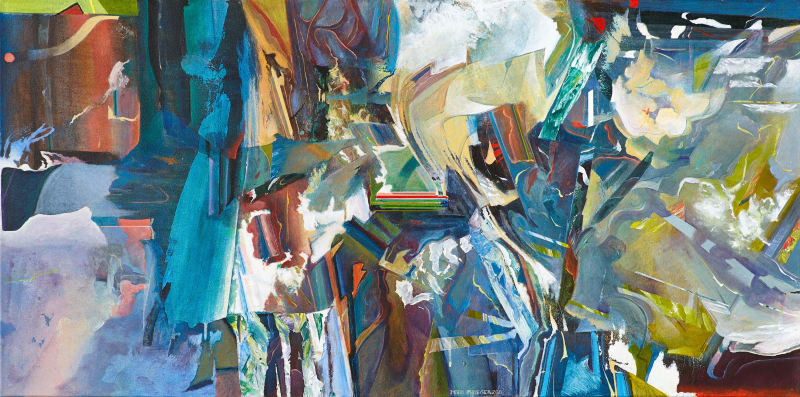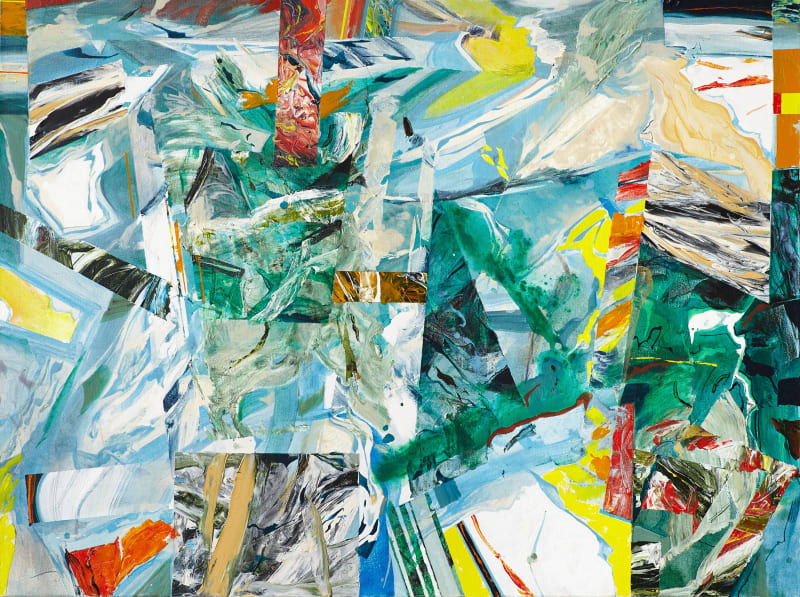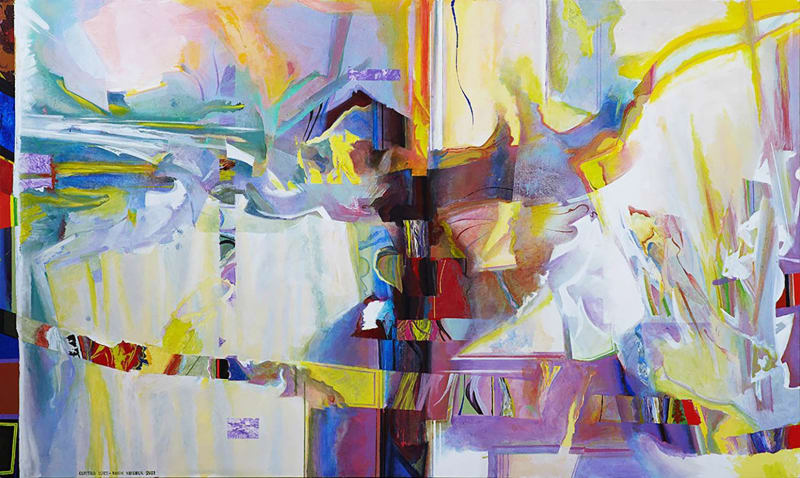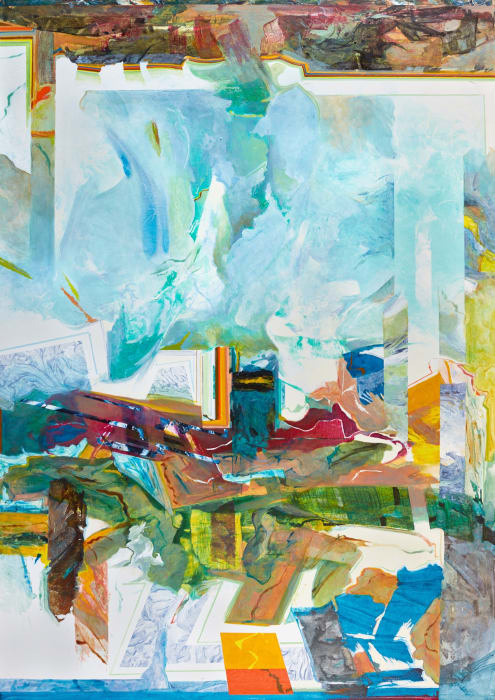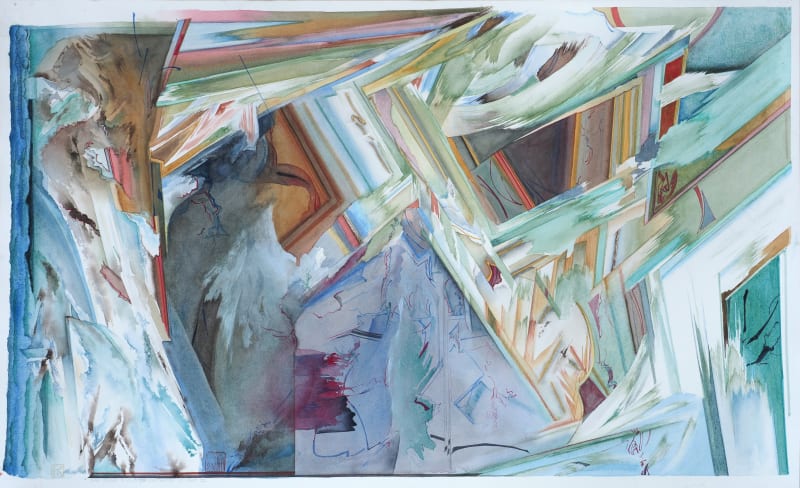Artist Statement I am committed to easel painting, the image on a canvas, an illusion on a wall. This comes from my Italian experience and it is a conservative stance compared to artists like Rauschenberg who break the picture plane and enter the real space of the viewer, let alone more conceptual or identity driven expressions. I am comfortable with the realization that abstraction, once cutting edge and revolutionary, has become domesticated, and that much of my work could have been done a century ago by the likes of Kupka, Picabia, Arthur Dove or Stanton MacDonald Wright. I like that the onrushing modern world has left me my own space in which to create. My "neo-modernist" style is leavened with an emphasis on the "tactile values" of paint as conceived by the humanist critic Bernhard Berenson in his "Italian Painters of the Renaissance" that I read as a young man and which remains an important influence. There is almost no color or application technique in my work that cannot be found in a good 17th century European painting; underpainting, glazing, scumbling, are my main tools. I believe it is primarily the tactile quality of my surfaces that accounts for the appeal of my work. For my watercolor technique, the early modernists like Demuth taught me structure, while the blended washes and calligraphic gestures of China and Japan prefigure my own abstract expressionist "accidents". In all work I use a stable palette of earth tones, blues, warm and cool reds and yellows, along with the more permanent synthetic colors that have become available. I have learned that many weaker colors that I once ignored like zinc white, gamboge and Naples yellow, smalt blue or bone black offer rich expressive choices. My work betrays a range of influences. Besides China, Japan and classic western painting, Persian and Indian miniatures are very near to the surface. My modern influences tend to be artists of an earnest, serious and thoughtful bent; the Bauhaus painters, American Abstract Expressionism; the work of artists like Richard Diebenkorn, Wayne Thiebaud and David Smith is essential. I also feel an affinity with classical music, especially the symphonists of the modern period. I relate to their fresh approach to traditional forms that gives their work great freedom, originality and substance.
There are particular works that have had a direct influence: Feininger's "Bird Cloud", De Kooning's "Door to a River", Klee's "Individual Measurement of Strata", Diebenkorn's Ocean Park paintings, Motherewell, Joachim Patiner's 16th cent. landscapes, The Venetian painters of the renaissance, particularly Bellini, Giorgione, Titian, Veronese and Lorenzo Lotto, "Streams and Mountains Without End"- a Sung dynasty scroll in the Cleveland Museum of Art. I am a messy action painter yet have an affinity for work of severe geometric simplicity: Piero Della Francesca, David Smith's "Cubi" sculptures, certain works by Al Held, Andrew Wyeth, even Norman Rockwell. All this work showed me how to use visual realty to construct a compelling rhythm on a two-dimensional surface. My paintings have always been celebrations of light in nature, seen through the prism of abstraction, organized by my understanding of the structures and rhythms of music. They draw upon multiple realities and become meditations on the passage of time.
I have thought through the influence of music on the forms in my work, beyond simply being an inspiration. As I have come to understand symphonic composition or jazz, I see how motifs can develop, grow and transform. Paul Klee, in "The Thinking Eye" translates a Bach fugue into a graphic abstraction that folds out horizontally, Klee's linking of visual art and music has influenced everything I have done. Many of my abstractions also have a long horizontal shape, reflecting both the Klee drawing and eastern landscape scrolls. Beyond any visual representation, a composer's deployment and control of time over the length of a piece of music has influenced how I develop an image. Beethoven, for instance, often keeps in reserve a final cathartic release of tension for the last moments of a movement. I have learned to keep certain things in reserve as I develop an image, releasing them at the very end, in a conscious emulation of music. The layered texture of musical counterpoint is also fundamental to my treatment of the development, division and repetition of visual forms.
